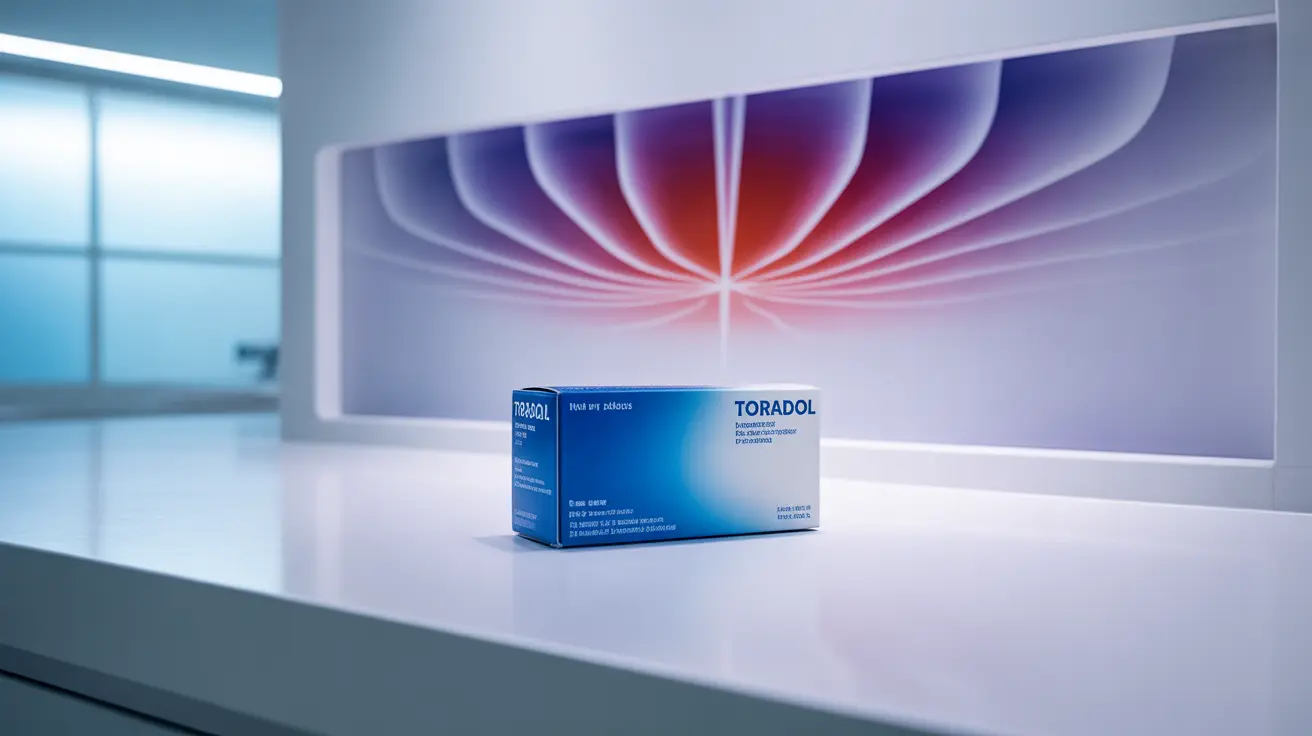Living with migraine pain can be debilitating, leading many people to seek effective treatment options. Toradol (ketorolac) has emerged as a potentially powerful solution for managing severe migraine attacks. This powerful non-steroidal anti-inflammatory drug (NSAID) offers quick relief for many migraine sufferers, though it's important to understand its proper use and limitations.
Understanding Toradol and Its Role in Migraine Treatment
Toradol belongs to the NSAID class of medications and works by reducing inflammation and blocking pain signals in the body. While not specifically FDA-approved for migraines, healthcare providers often prescribe it off-label due to its effectiveness in treating severe headache pain.
How Toradol Works for Migraine Relief
Unlike typical over-the-counter pain relievers, Toradol offers powerful anti-inflammatory effects that can help reduce the intense pain associated with migraines. It works by inhibiting specific enzymes responsible for inflammation and pain, potentially providing faster relief compared to some traditional migraine medications.
Administration and Dosage Guidelines
Toradol is available in several forms, including:
- Injectable solution (administered in medical settings)
- Oral tablets
- Nasal spray
The typical dosage depends on the form being used and should always be prescribed by a healthcare provider. Treatment duration is usually limited to 5 days or less to minimize potential side effects.
Safety Considerations and Precautions
Who Should Not Take Toradol
Several groups should avoid using Toradol, including:
- People with bleeding disorders
- Those with kidney problems
- Patients with a history of stomach ulcers
- Individuals taking other NSAIDs
- Pregnant women, especially in their third trimester
Common Side Effects
While Toradol can be effective for migraine relief, users should be aware of potential side effects:
- Stomach pain or nausea
- Dizziness
- Headache
- Drowsiness
- Minor bruising or bleeding
Comparing Toradol to Other Migraine Treatments
Toradol offers certain advantages over other migraine medications, particularly in its rapid onset of action when administered via injection. However, it's typically reserved for severe cases or when other treatments haven't provided adequate relief.
Frequently Asked Questions
1. How effective is Toradol (ketorolac) for treating migraine pain compared to other migraine medications? Toradol can be highly effective for acute migraine pain, particularly when administered via injection. Studies have shown it can provide relief comparable to some opioid medications, with the advantage of being non-narcotic and non-addictive.
2. What are the common side effects and serious risks of using Toradol for migraine relief? Common side effects include gastrointestinal issues, dizziness, and drowsiness. Serious risks can include bleeding, kidney problems, and cardiovascular events, particularly with prolonged use or in high-risk individuals.
3. How is Toradol administered for migraines, and what is the typical dosage and duration of treatment? Toradol can be administered as an injection, oral tablet, or nasal spray. Typical treatment duration is limited to 5 days maximum, with dosages varying by administration method. Injectable forms are often given in emergency or clinical settings.
4. Who should avoid using Toradol for migraine due to health risks or contraindications? Individuals with bleeding disorders, kidney problems, stomach ulcers, or those taking blood thinners should avoid Toradol. It's also contraindicated in late-stage pregnancy and for those with certain cardiovascular conditions.
5. Is Toradol an FDA-approved treatment for migraines, and why is it considered an off-label option? While Toradol is FDA-approved for moderate to severe pain, its use for migraines is considered off-label. However, substantial clinical experience and evidence support its effectiveness in treating severe migraine pain, making it a widely accepted treatment option among healthcare providers.




